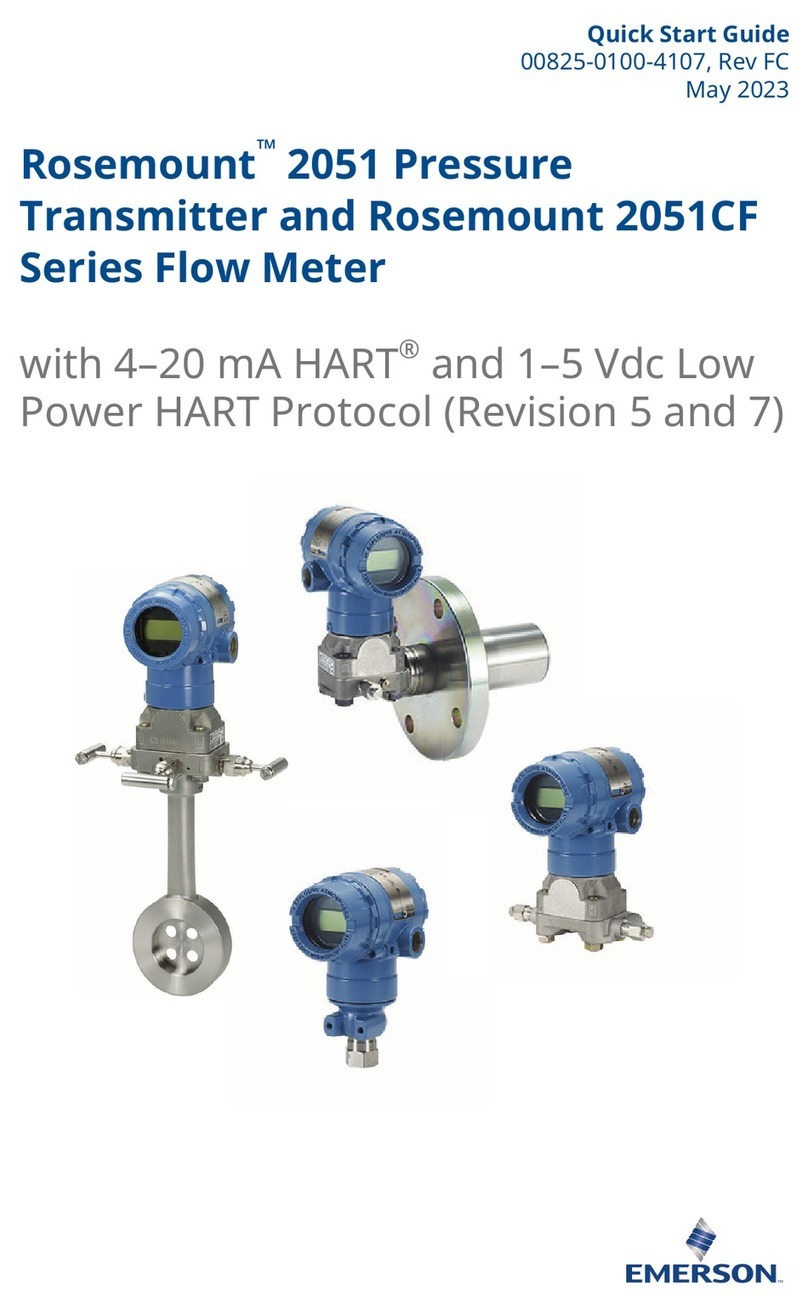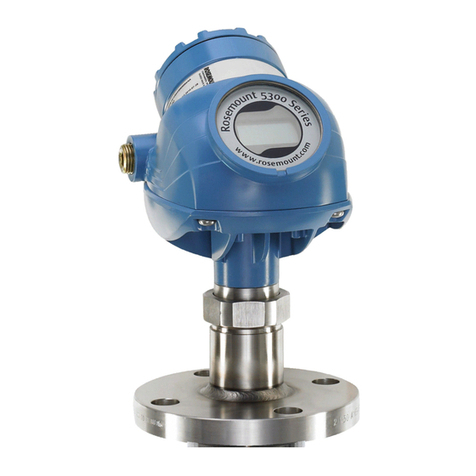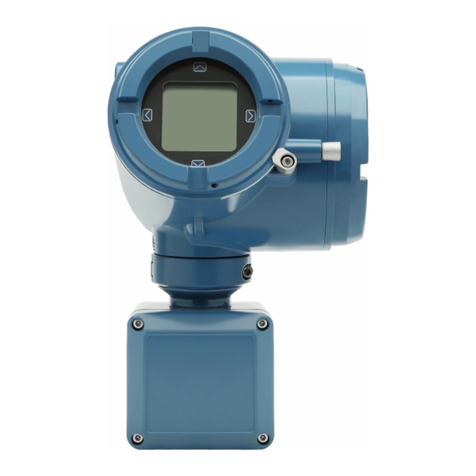Emerson Rosemount 3051HT User manual
Other Emerson Transmitter manuals
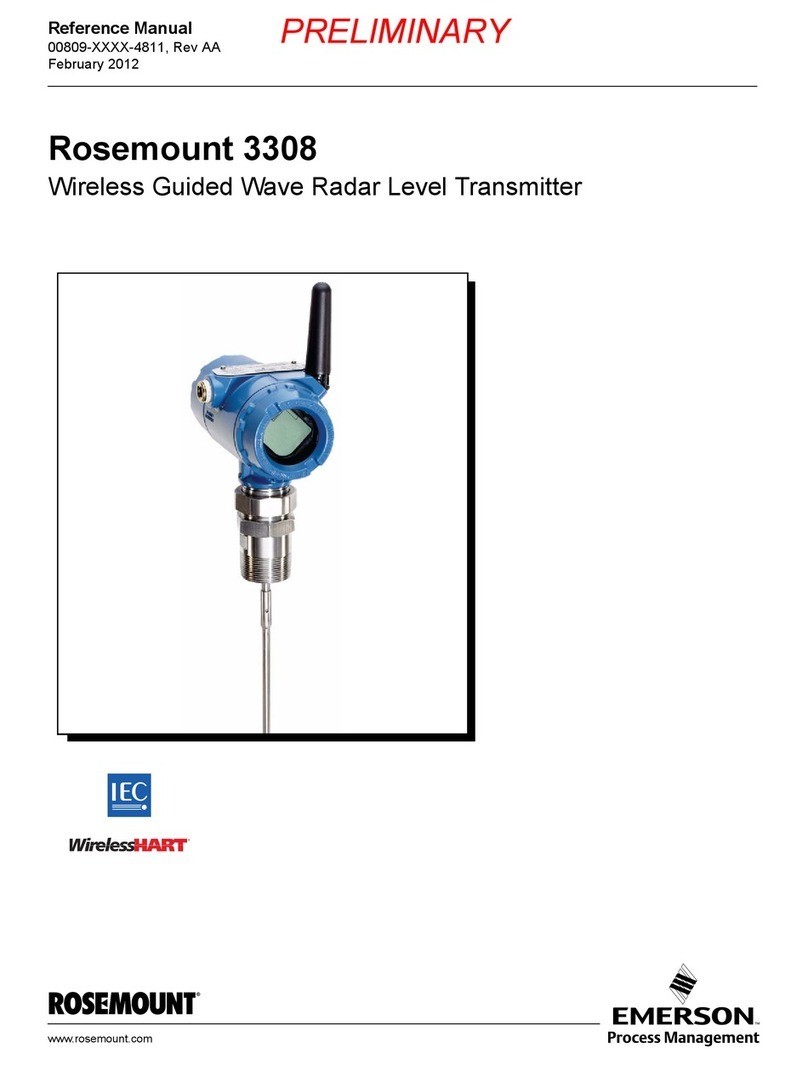
Emerson
Emerson Rosemount 3308 User manual

Emerson
Emerson Micro Motion 5700 User manual

Emerson
Emerson Rosemount 1152 Alphaline User manual

Emerson
Emerson Rosemount 2088 User manual
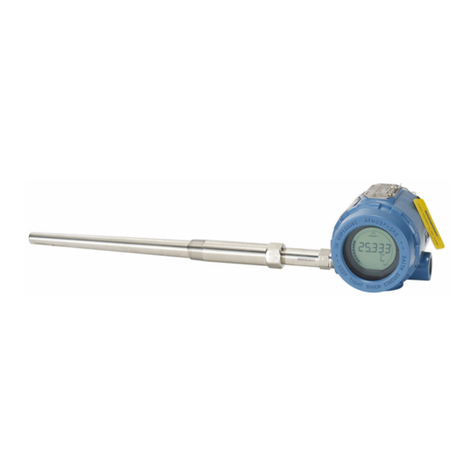
Emerson
Emerson Rosemount 3144P User manual
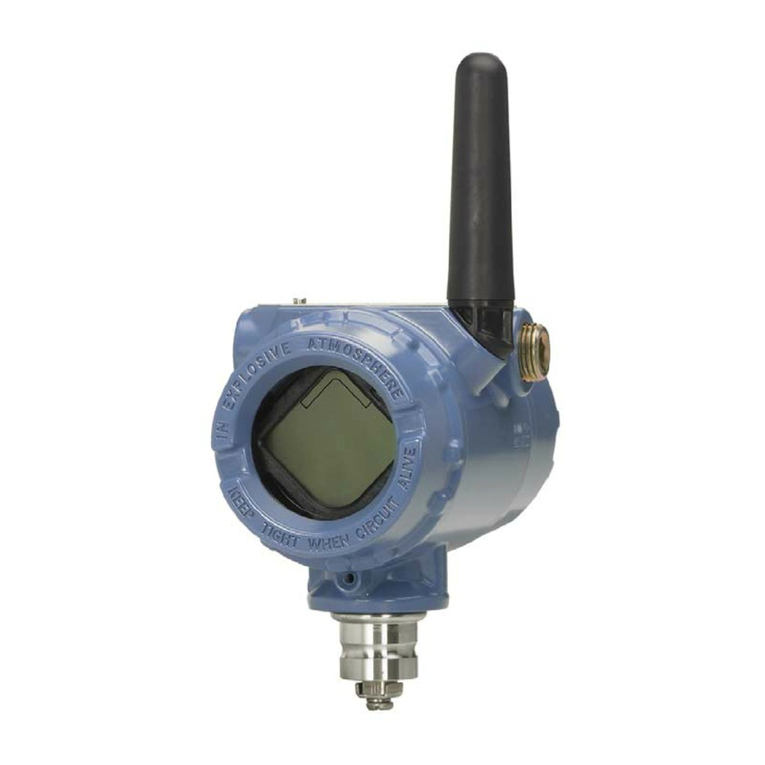
Emerson
Emerson Rosemount 702 User manual

Emerson
Emerson Rosemount 148 User manual
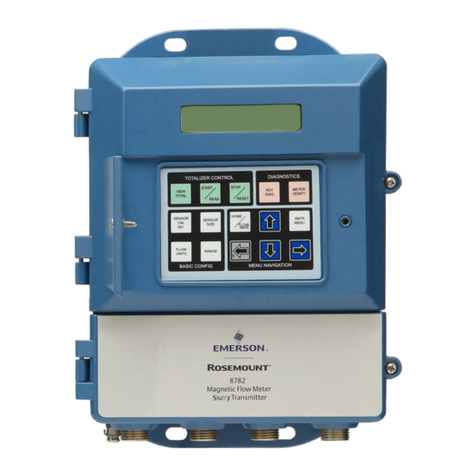
Emerson
Emerson Rosemount 8782 User manual

Emerson
Emerson Rosemount 8750W User manual

Emerson
Emerson Rosemount 3051P User manual
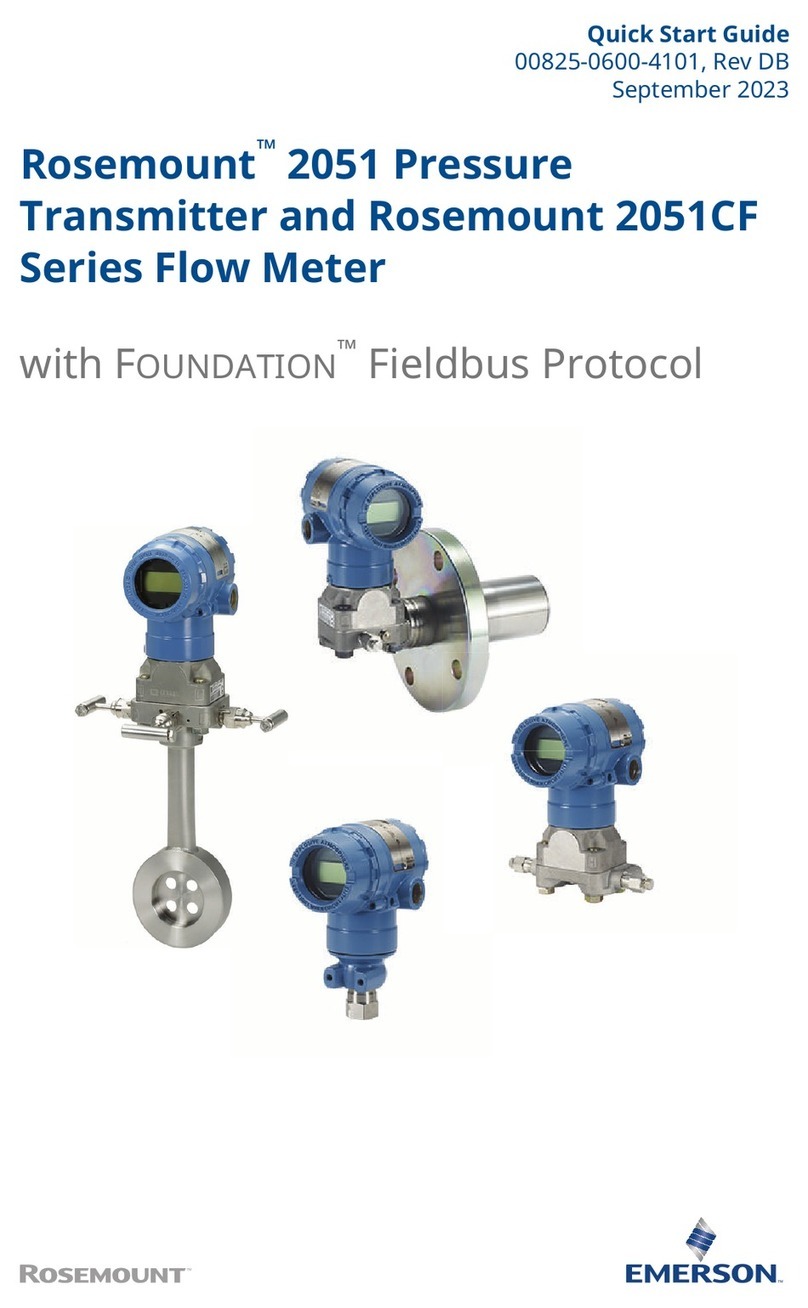
Emerson
Emerson Rosemount 2051 Wireless Series User manual

Emerson
Emerson Micro Motion 5700 User manual

Emerson
Emerson Rosemount 2051 User manual
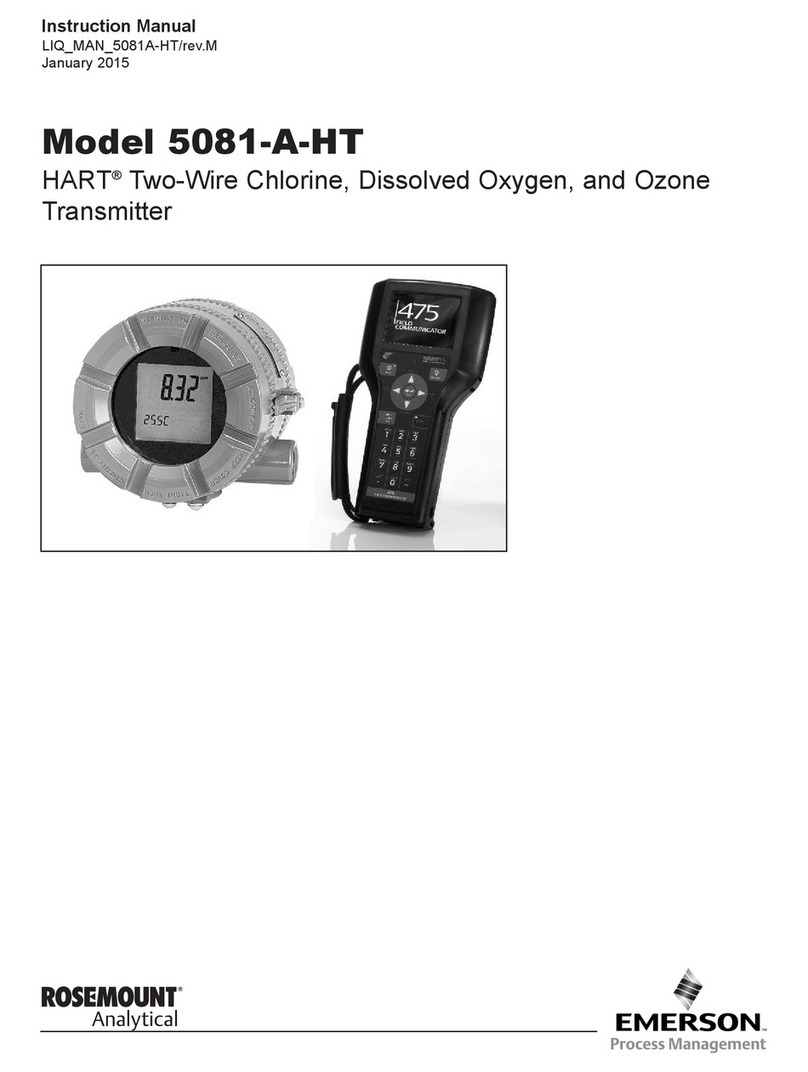
Emerson
Emerson Rosemount Analytical HART 5081-A-HT User manual
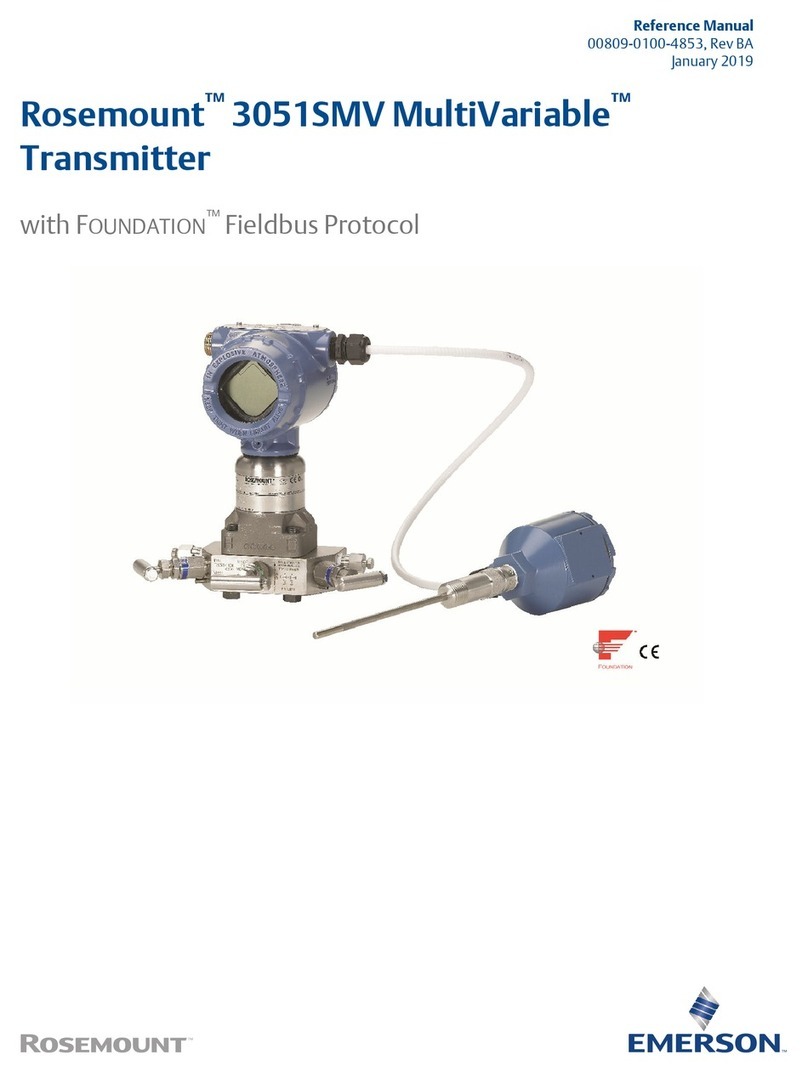
Emerson
Emerson Rosemount MultiVariable 3051SMV User manual

Emerson
Emerson Rosemount 8732EM User manual
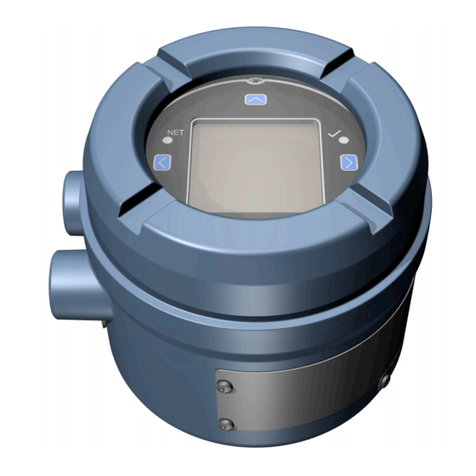
Emerson
Emerson Micro Motion 1600 User manual
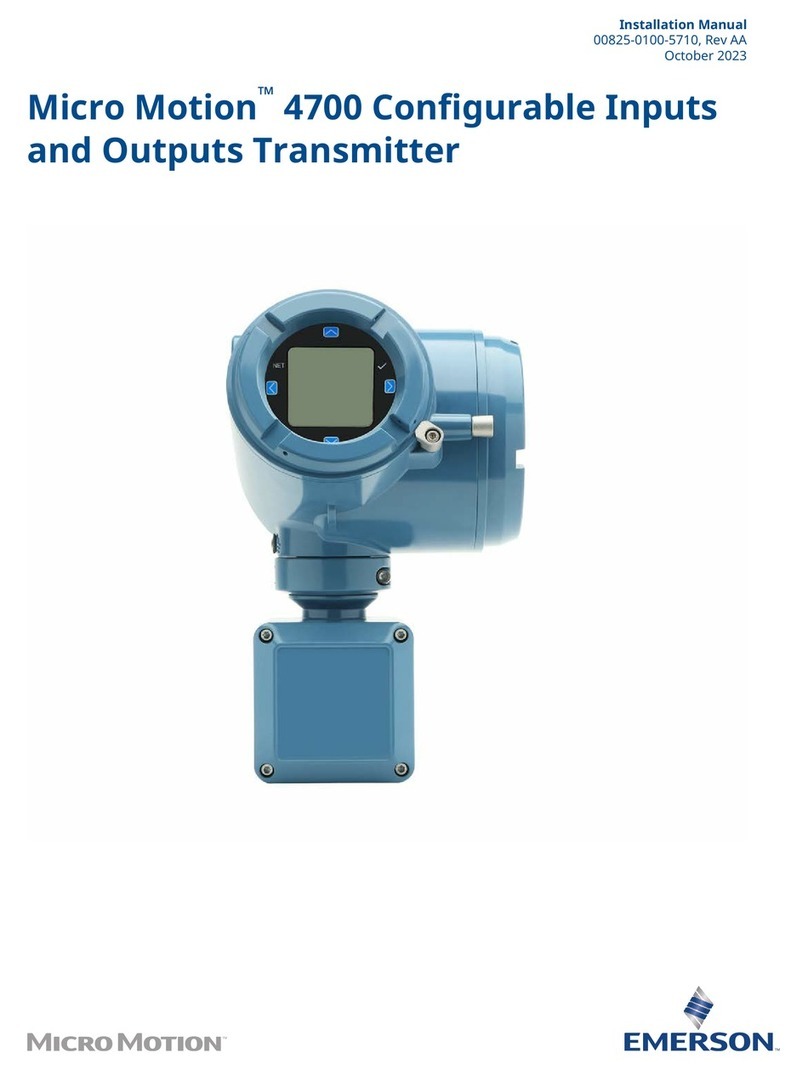
Emerson
Emerson Micro Motion 4700 User manual
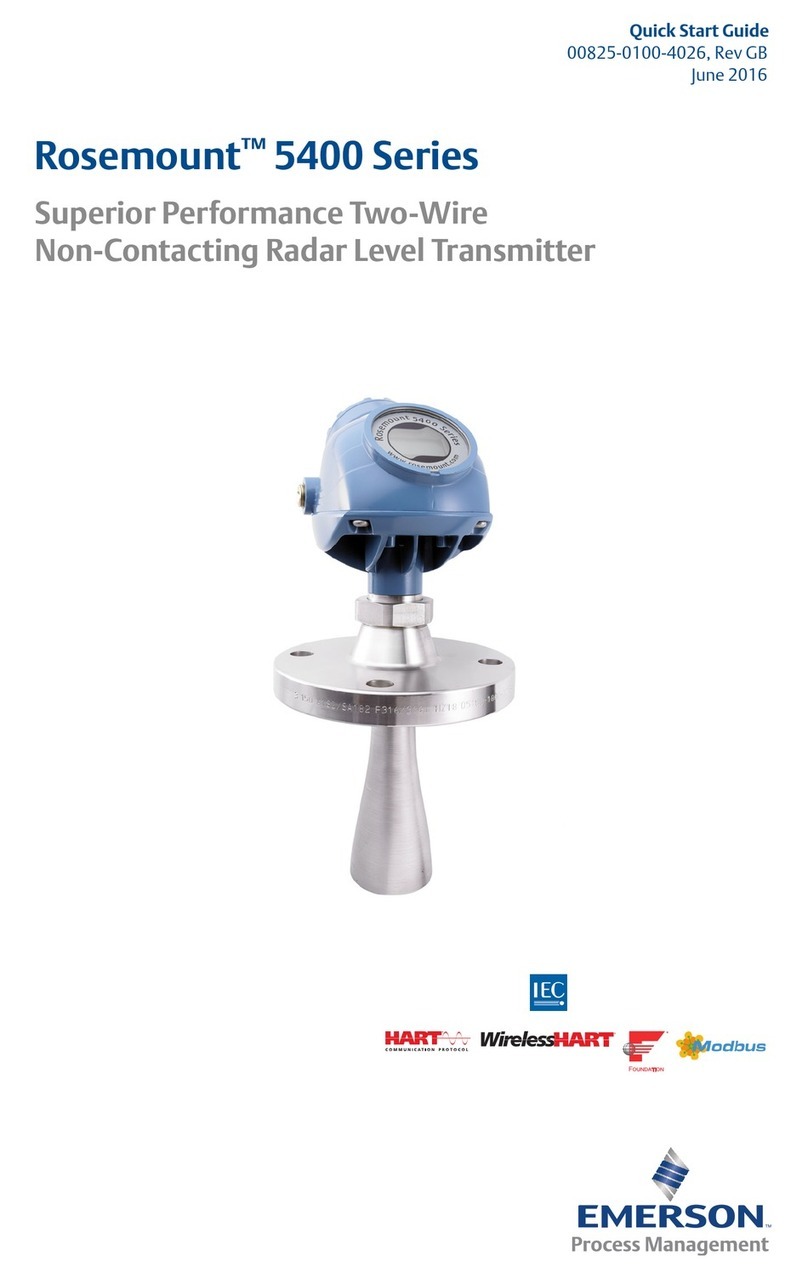
Emerson
Emerson Rosemount 5400 Series User manual
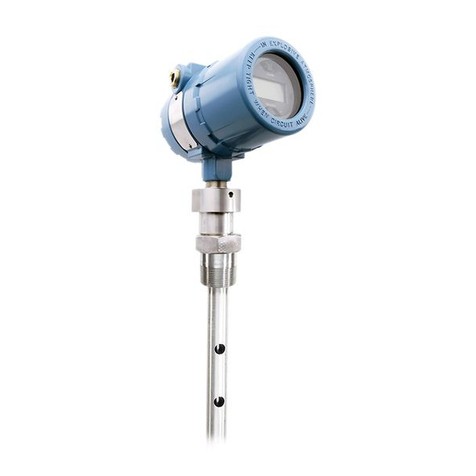
Emerson
Emerson Rosemount 3300 Series User manual
Popular Transmitter manuals by other brands

Dejero
Dejero EnGo 3x manual

Rosemount
Rosemount 4600 Reference manual

Speaka Professional
Speaka Professional 2342740 operating instructions

trubomat
trubomat GAB 1000 instruction manual

Teledyne Analytical Instruments
Teledyne Analytical Instruments LXT-380 instructions

Rondish
Rondish UT-11 quick start guide
